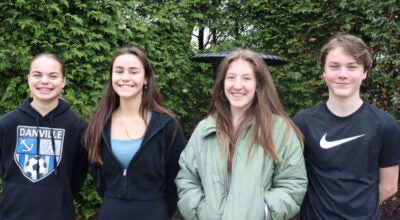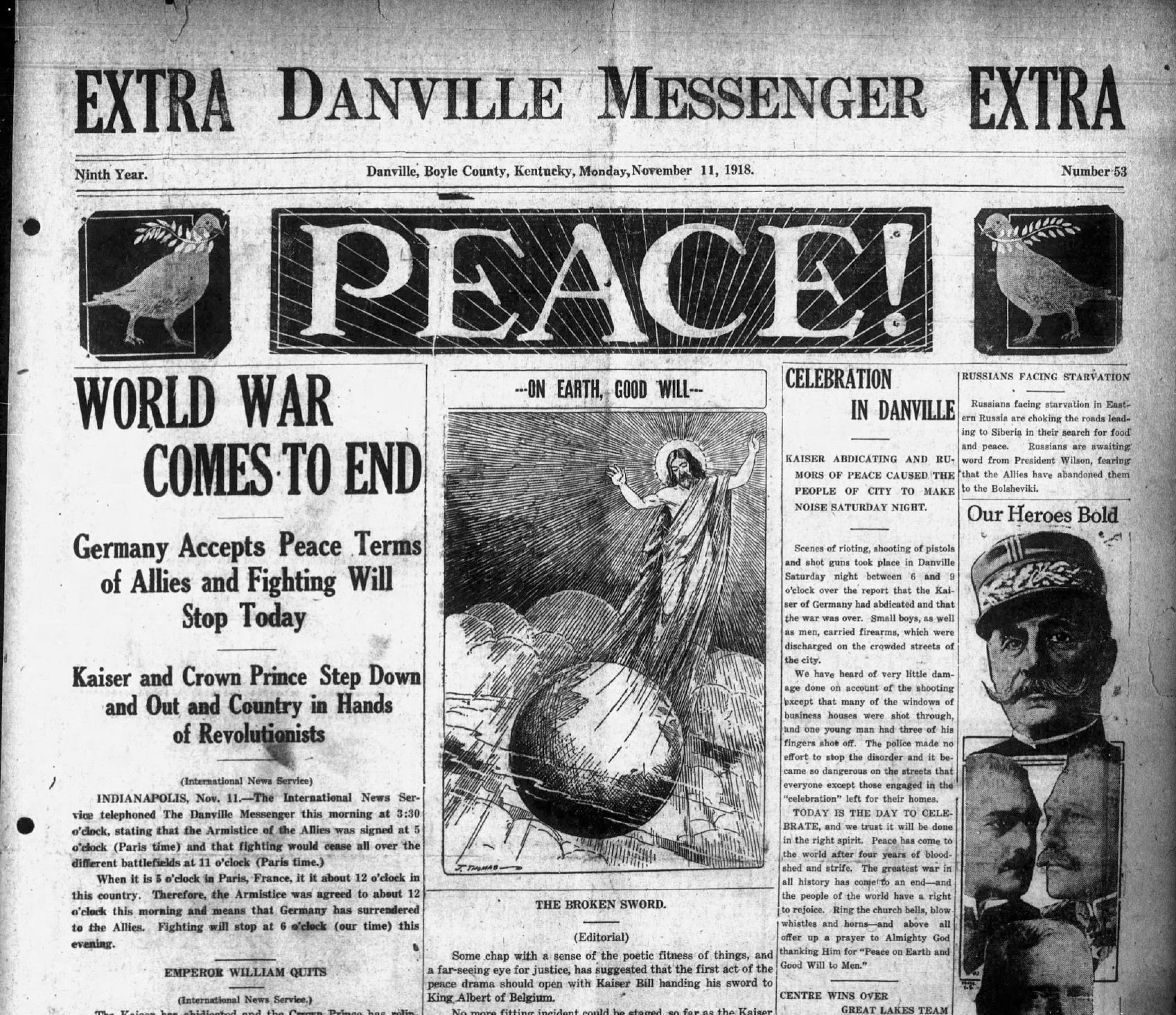K-cups are terrible for the environment, but alternatives exist
Published 7:10 am Monday, September 25, 2017
Lots of people have a morning routine, and often that routine includes coffee. I know lots of people who cannot function in the morning without their morning caffeine fix.
Normally, the environmental impact of brewing a pot of coffee isn’t much — it’s negligible. Coffee makers use paper filters, which are biodegradable and coffee grounds can be used in your garden or put in your compost bin.
However, Keurig single-serving coffee machines, which are incredibly popular right now, aren’t as neutral to the environment as old-fashioned coffee makers.
If you are not familiar with these coffee machines, they require you to use a special coffee pod called a “K-cup.” These special pods are made of plastic; they have a filter inside and an aluminum foil top. You put your pod in the machine and it makes a single serving of coffee. Then you throw away the pod.
This is a really easy way to make coffee. It is really convenient and you can make just one cup at a time, so every cup you drink is fresh. And as a bonus, there is no coffee pot to clean afterward.
But this convenience comes at a steep environmental price.
According to Mother Jones “in 2013, Green Mountain produced 8.3 billion K-Cups, enough to wrap around the equator 10.5 times.”
That is an awful lot of tiny little plastic cups ending up in the trash. Before you buy a Keurig or use a Keurig, it’s important to think about what environmental impact you will be having. If you wanted to use the grounds in your garden you could open up the pod, but you are still stuck with the waste of a little plastic pod every time you want to drink a cup of coffee.
Even the inventor of the K-cup, John Sylvan, doesn’t like the environmental legacy that his invention is leaving behind. According to James Hamblin with The Atlantic, “Looking back on his invention, amid increasing public condemnation of K-cups as a scourge on the planet, Sylvan told me, ‘I feel bad sometimes that I ever did it.’”
While the traditional way to use a Keurig is terrible for the environment, people have come up with environmentally friendly ways to use a Keurig.
You can purchase a reusable K-cup. These are actually pretty neat — you can fill your reusable K-cup with whatever kind of ground coffee you want and then use it in your Keurig machine. It’s great because once you are done, you can still use your coffee grounds in your garden if you choose and then you just rinse out your K-cup and you can use it over and over again.
If you opt for a reusable K-cup, make sure it is compatible with the Keurig model you have. I have been told that not all reusable K-cups will work with all models.
Another option that is pretty new to me is compostable K-cups. These K-cups are sold by many different companies. You can find them at some retail stores, and hopefully more stores will start to carry them as a plastic K-cup alternative. These cups, depending on the brand, can be 100-percent compostable. That means they are not made of any plastic or metal; everything is made of paper and plant based materials that will biodegrade. That means your K-cup won’t be persisting in a landfill for years, just for one cup of coffee.
I’m glad that people have seen the problems with the plastic, one-time use K-cups and have decided to make solutions. But the solutions need to become the default way we use Keurigs, not alternatives.
I hope more people will opt for compostable and reusable K-cups. We have enough trash in our landfills without producing more every time we want to drink a cup of coffee.
Keurig also has some K-cups now that are recyclable No. 5 instead of No. 7. But it’s not all of the K-cups — it’s only four varieties, according to their website — so most of them are still No. 7 (not that changing them to No. 5s would solve the problem).







